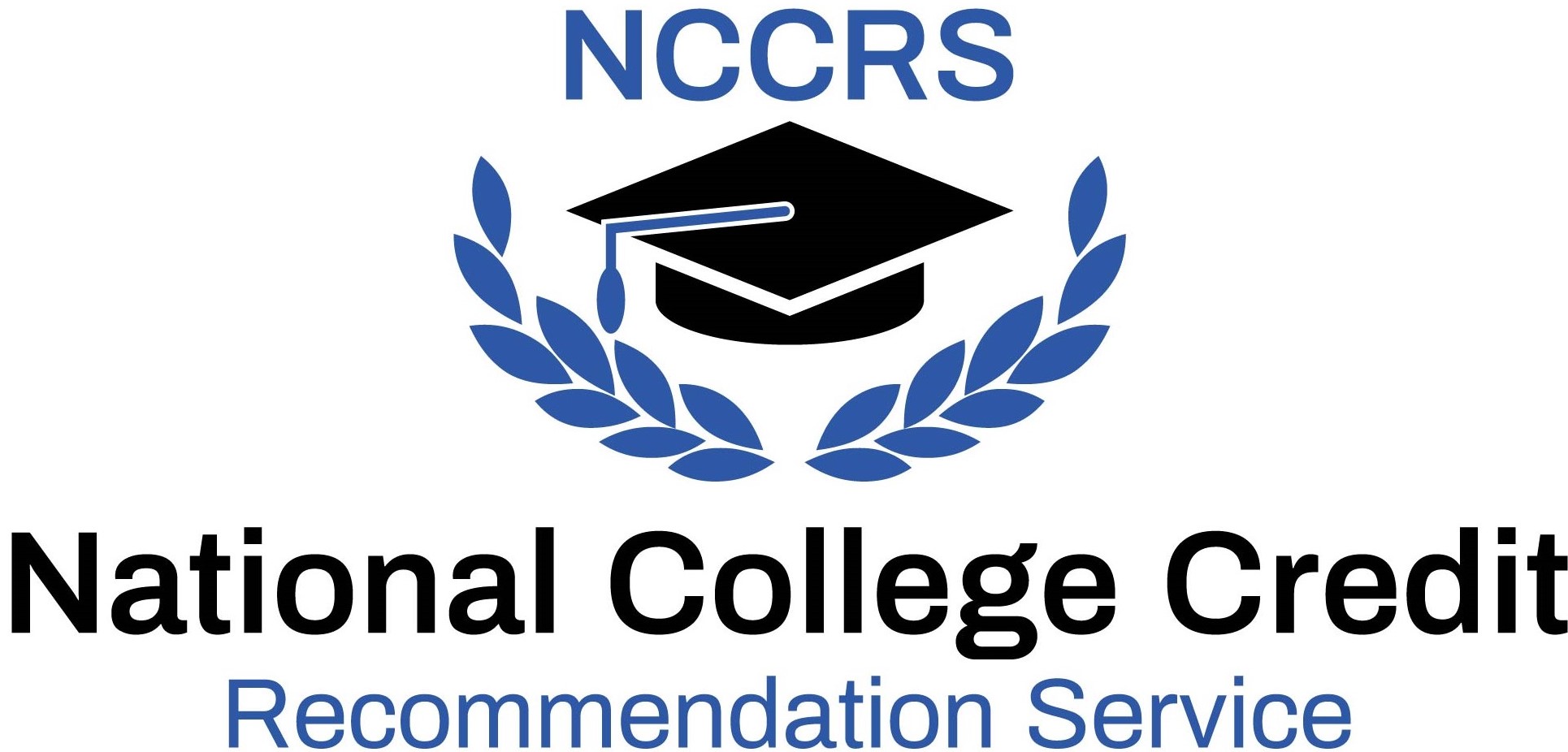Instructor Development
Organization
Descriptions and credit recommendations for all evaluated learning experiences
Version 1, 2, and 3: 24 hours (2.5 weeks). Version 4 and 5: 29 hours (over 2 weeks).
Version 1: September 2002 - September 2007. Version 2: October 2007- October 2012. Version 3: November 2012 - May 2015. Version 4 and 5: June 2015 - Present.
Version 1, 2, and 3: Upon successful completion of the course, students will be able to: serve under a certified instructor coordinator as a certified laboratory instructor in either an Emergency Medical Technician or Advanced Emergency Medical Technician course. Version 4 and 5: Upon successful completion of the course, students will be able to: arrange the modular set up for an EMT basic course; explain the role of a certified lab instructor in EMS instruction; identify different ways in which students learn and be able to apply multiple teaching techniques when instructing EMS lab skills; explain the importance of communication in learning in order to communicate effectively with students and facilitate productive feedback sessions following EMS lab skill practice; design and run effective EMS lab skill scenarios; apply basic moulage techniques in EMS lab skill scenarios; analyze and critique student performance in EMS lab skills in the classroom and on New York State Practical Skills Exam; and differentiate among nuances in these evaluations and effectively participate in EMS instruction as a Certified Lab Instructor.
Version 1, 2, and 3: Major topics include: teaching adult learners, teaching BLS lab skills, overview of psychomotor objectives in the EMT-B curriculum, lab skills demo-trauma, medical, pediatric, medical and pediatric cardiac arrest, medical administration devices, upper airway adjuncts and suction, mouth to mask with /supplement oxygen and supplemental oxygen administration, and completion of 36-hour internship. Version 4 and 5: In addition to instruction listed in previous versions, this version replaces lecture hours with hands on activities, scenarios, and role plays.
Version 1, 2, and 3: In the lower division baccalaureate/associate degree category OR in the upper division baccalaureate degree category, 1 semester hour in Educational Methods, Health Science, Emergency Medical Services Administration, or Fire Science Administration (10/07) (5/12 revalidation). NOTE: Advanced Cardiac Life Support Instructor, Certified Instructor Coordinator, Certified Lab Instructor, CPR-Instructor, and Pediatric Advanced Life Support Instructor overlap in content. The maximum credit recommendation for any combination of these courses is 3 semester hours. Version 4 and 5: In the lower division baccalaureate/associate degree category OR in the upper division baccalaureate degree category, 2 semester hours in Educational Methods, Health Science, Emergency Medical Services Administration, or Fire Science Administration (6/15 revalidation) (6/21 revalidation). NOTE: Upon successful completion of NYS Certification, one additional semester hour is recommended for the 36-hour internship.
Version 1 and 2: 35 hours (2 weeks). Version 3: 40 hours (1 week).
Version 1: December 2006 - December 2011. Version 2: January 2012 - May 2015. Version 3: June 2015 - Present.
Version 1 and 2: Upon successful completion of the course, students will be able to: discuss performance objectives, records management, evaluation instruments, training aids, and classroom management and use these effectively in preparing and delivering instruction; prepare in writing a detailed lesson plan; and give an oral presentations before a group, utilizing the prepared lesson plan and the techniques emphasized in the course. Version 3: Students will be able to: effectively communicate with adult learners; understand performance objectives; perform records management; discuss the principles of adult learning; write effective lesson plans; effectively utilize instructional media and training aids; manage course delivery; and utilize tests and evaluations to accurately assess student progress.
Version 1, 2 and 3: Course participants prepare a detailed written lesson plan according to the methods presented in the lecture. They also prepare several oral presentations, ranging from ten-minute and twenty-minute presentations on general topics, using the written lesson plan they prepared as the guide to the presentation. Presentations are graded on content, class presence, and the use of appropriate techniques and training aids. Major topics include: communication with adult learners; principles of instruction; presenting oral instruction; writing performance objectives; preparing lesson plans; adult learning theories; evaluative instruments; designing effective training aids; classroom management and the use of various instructional strategies.
Version 1 and 2: In the lower division baccalaureate/associate degree category OR in the upper division baccalaureate degree category, 2 semester hours in Educational Methods (11/07) (7/10 revalidation). Version 3: In the lower division baccalaureate/associate degree category OR in the upper division baccalaureate degree category, 3 semester hours in Educational Methods (Fire Service Instructor) (6/15 revalidation) (6/21 revalidation). NOTE: This course and First Line Supervisor's Training (MNG 201) overlap in content. Care should be taken to avoid awarding duplicate credit.
Version 1 and 2: This course is a continuation and expansion of Fire Service Instructor Level I (INS 210). Upon successful completion of the course, students will be able to: discuss performance objectives, records management, evaluation instruments, training aids, and classroom management and use these effectively in preparing and delivering instruction; prepare in writing a detailed lesson plan; give an oral presentations before a group, utilizing the prepared lesson plan and the techniques emphasized in the course; schedule instructional sessions; formulate budgetary needs; acquire training resources; coordinate training record keeping; evaluate instructors; develop student and class evaluation instruments; and conduct high hazard training scenario insuring applicable safety standards and practices. NOTE: National and New York State certification is provided to students who pass the exam and complete the course.
Version 1 and 2: Course participants prepare a detailed written lesson plan according to the methods presented in the lecture. They also prepare several oral presentations, including two 90-minute lessons. The presentations are graded on content, class presence, and the use of appropriate techniques and training aids. Major topics include: budgets, acquisition and management of resources, evaluation of instructors; communication with adult learners; principles of instruction; presenting oral instruction; writing performance objectives; preparing lesson plans; adult learning theories; evaluative instruments; designing effective training aids; classroom management and the use of various instructional strategies.







